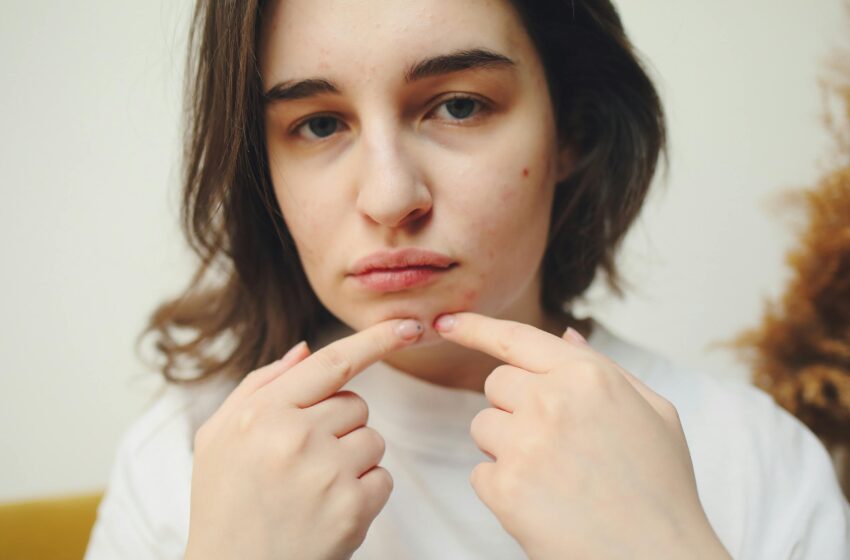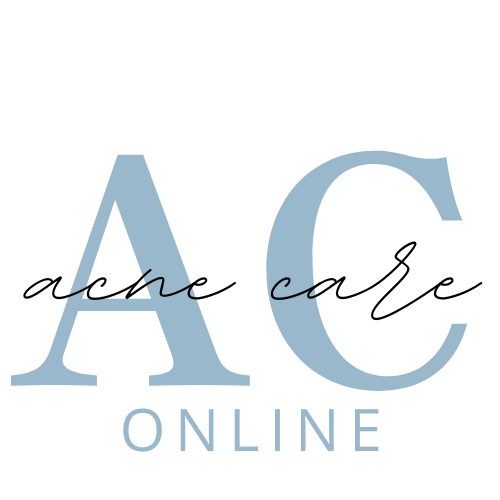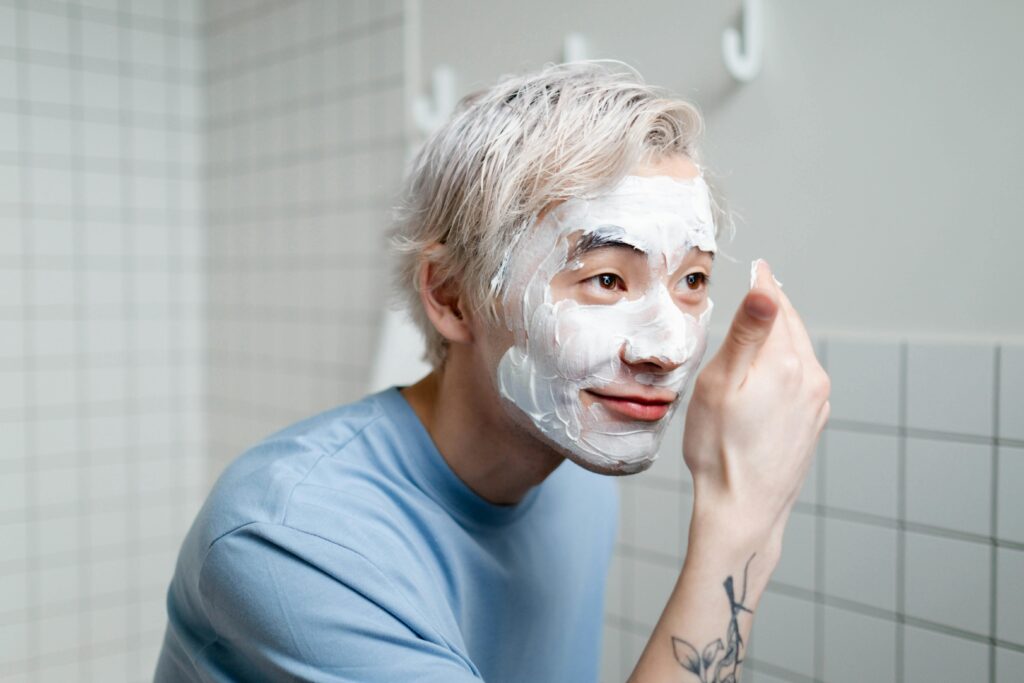Mastering the Art: Safely Popping Pimples Without Causing Further Damage

Pimples, those pesky blemishes that seem to appear at the most inconvenient times, can often tempt us to take matters into our own hands. The urge to pop them can be irresistible, driven by the desire for immediate relief and the hope of a quicker healing process. However, popping pimples improperly can lead to further inflammation, scarring, and even infection.
In this guide, we’ll delve into the delicate art of safely popping pimples without causing additional harm. By understanding the anatomy of a pimple, preparing properly, and employing safe popping techniques. You can effectively manage these unwelcome intruders without leaving behind unwanted consequences. So, let’s explore the steps to achieving clear skin while minimizing the risks along the way.
Understanding the Anatomy of a Pimple
Before diving into the process of safely popping a pimple. It’s essential to grasp the basics of what exactly a pimple is and how it forms. Essentially, a pimple is a localized inflammation of the skin that occurs when hair follicles become clogged with oil, dead skin cells, and bacteria.
There are various types of pimples, each with its own characteristics and severity. The most common types include:
Whiteheads: Closed comedones that appear as small, white bumps on the skin’s surface. These occur when the follicle’s opening becomes blocked with debris and oil, trapping bacteria beneath the skin.
Blackheads: Open comedones characterized by dark or blackened plugs on the skin. Like whiteheads, blackheads form when follicles become clogged with oil and dead skin cells. But the pore remains open, allowing the contents to oxidize and darken.
Papules: Inflamed, red bumps that develop when the walls around the blocked pores break down, leading to inflammation and swelling.
Pustules: Similar to papules but filled with pus, giving them a white or yellowish appearance at the center.
Cysts and nodules: Deeper, more severe forms of acne that involve larger, painful lumps beneath the skin’s surface. These can be particularly stubborn and may require professional treatment.
Regardless of the type, the primary factors contributing to pimple formation include excess oil production, accumulation of dead skin cells, and bacterial overgrowth, typically Propionibacterium acnes (P. acnes).
Understanding the anatomy of a pimple is crucial for safe popping techniques. Attempting to extract a pimple without considering its type and stage of development can lead to further inflammation, scarring, and potential infection. With this knowledge as a foundation, we can proceed to prepare for the popping process with caution and precision.
Preparing for Popping
Preparing for popping involves essential steps to ensure safe and effective extraction. Start by thoroughly washing your hands and cleansing the pimple area. Sterilize extraction tools if using any. Soften the pimple with a warm compress, and consider applying topical treatments. These steps create an optimal environment for safe popping without causing further damage.
Safe Popping Techniques
Safe popping techniques are essential to minimize the risk of causing further damage to the skin while effectively extracting the contents of the pimple. Here’s how to pop a pimple safely:
Softening the Pimple: Before attempting to pop a pimple, it’s crucial to soften it to make the extraction process easier and less painful. You can achieve this by applying a warm compress to the area for several minutes. The heat helps to open up the pores, loosen the contents of the pimple, and reduce inflammation. Making it easier to extract.
Use Clean Hands or Tools: Ensure that your hands or any extraction tools you use are clean and sanitized to minimize the risk of introducing bacteria to the pimple and causing infection.
Gently Apply Pressure: Using your fingers or a clean extraction tool, apply gentle pressure around the pimple’s base. Avoid squeezing too hard, as this can cause trauma to the surrounding skin and potentially push the infection deeper into the skin.
Stop if Resistance is Met: If the pimple does not easily release its contents with gentle pressure, do not force it. Continuing to apply pressure can cause further damage and increase the risk of scarring.
Extract the Pus: Once the contents of the pimple start to emerge, use a clean tissue or cotton swab to gently wipe away the pus. Avoid using excessive force, as this can lead to irritation and further inflammation.
Cleanse the Area: After popping the pimple, cleanse the area again with a gentle cleanser to remove any remaining debris and bacteria. This helps prevent infection and promotes healing.
Apply Topical Treatment: Optionally, apply a topical treatment containing benzoyl peroxide or salicylic acid to the popped pimple. These ingredients help to reduce inflammation and kill bacteria, promoting faster healing.
By following these safe popping techniques, you can effectively extract the contents of a pimple without causing further damage to your skin. However, it’s essential to exercise caution and stop if you encounter any resistance or discomfort during the process. If you’re unsure or uncomfortable popping the pimple yourself, it’s best to seek professional help from a dermatologist.
Post-Popping Care
After popping a pimple, cleanse the area and apply an antibiotic or antiseptic. Avoid touching or picking at the area and keep it moisturized with a gentle moisturizer. Protect from sun exposure with sunscreen. Monitor for signs of infection and be patient for natural healing.
When to Seek Professional Help
Knowing when to seek professional help after attempting to pop a pimple is crucial. Signs include infection indicators, persistent or worsening symptoms, and underlying skin conditions. Seeking a dermatologist’s evaluation ensures proper treatment, reduces scarring risk, and promotes optimal skin healing.
Conclusion
In conclusion, safely popping a pimple requires careful preparation, technique, and post-popping care. Understanding the anatomy of a pimple, preparing adequately, employing safe popping techniques, and seeking professional help when necessary are essential steps in managing acne effectively. By following these guidelines, individuals can address pimples without causing further damage to their skin and promote faster healing. Remember, patience and caution are key when dealing with acne, and consulting a dermatologist is always advisable for persistent or severe cases. With proper care and attention, achieving clearer, healthier skin is within reach.






